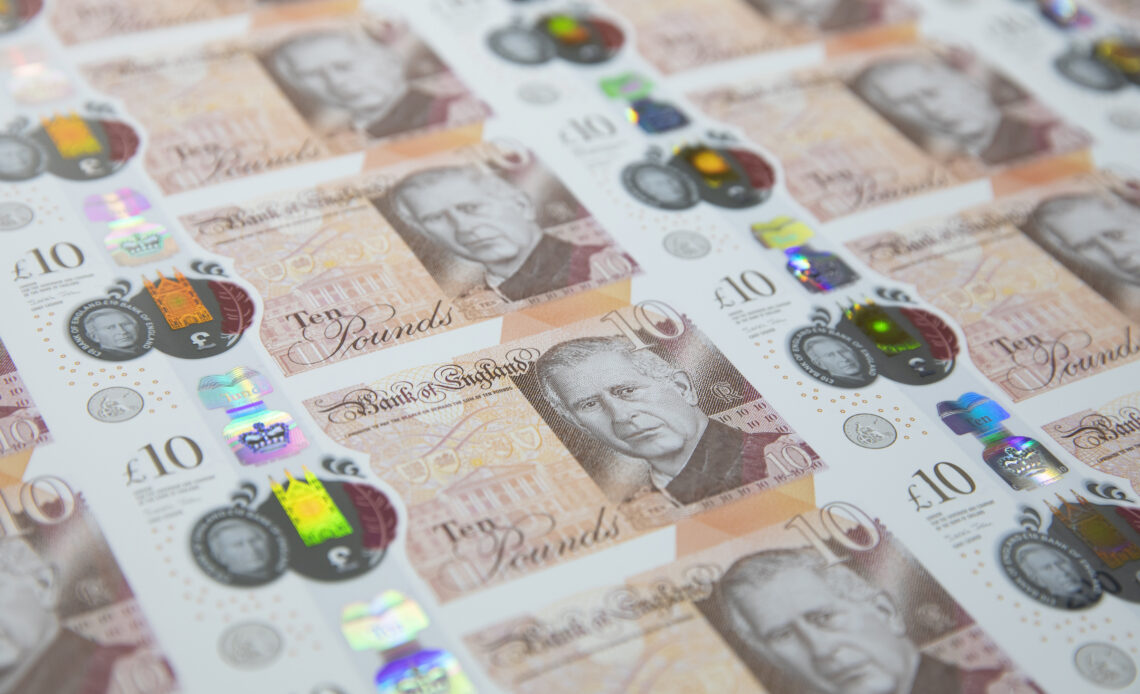
The first bank notes to feature the image of King Charles III have entered circulation.
The notes join existing money already in use that features the image of his mother, Queen Elizabeth II.
Charles III is the first king to have his image on bank notes in the UK. The Monarch’s portrait was only added to paper money in 1960 with Elizabeth II becoming the first to be seen on notes.
Now, over 60 years later, a male Monarch is also portrayed on British banknotes for the first time.
The £5, £10, £20 and £50 notes will circulate along with existing notes.

Money featuring Queen Elizabeth II remains legal tender.
At the time of The King’s accession, Buckingham Palace said that new money would only be issued to replace existing currency that was worn or when there was a demand for an increase in banknotes. This was to minimise the environmental and financial impact of the change.
As well as marking the first time a king has appeared on British banknotes, this is also the first time that the Bank of England has overseen a change in the royal portrait used on its money.
Andrew Bailey, the Governor of the Bank of England, said ”We’re very pleased to be issuing the new King Charles banknotes. This is a historic moment, as it’s the first time we’ve changed the sovereign on our notes.”
He also noted that ”“We know that cash is important for many people, and we are committed to providing banknotes for as long as the public demand them. Bringing these new notes into circulation is a demonstration of that commitment.”

